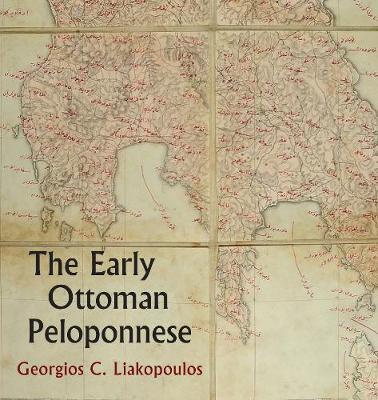The volume `The Early Ottoman Peloponnese: A study in the Light of an Annotated editio princeps of the TT10-1/14662 Ottoman Taxation Cadastre (ca. 1460-1463)' is a revised version of the author's PhD thesis, conducted at Royal Holloway, University of London, under the supervision of the late Professor Julian Chrysostomides. Part I contains an Introduction, three Chapters (1-3) and a Conclusion. The Introduction presents the aims, scope and methodology adopted, followed by a survey of previous scholarship conducted on the subject, and a brief historical examination of the late Byzantine Peloponnese and its conquest by the Ottomans. It concludes with a brief codicological and palaeographical description and dating of the cadastre TT10-1/14662. Chapter 1 presents the Historical Geography of the Peloponnese, listing all the place-names (667 in total) mentioned in the sequence they appear in the TT10-1/14662 register accompanied by topographic and linguistic notes. This is followed by a set of thirty-eight digital maps of the early Ottoman Peloponnese using GIS (Geographical Information Systems). Chapter 2 discusses the Demography of the Peloponnese, including the settlement patterns, the density of population and its categorisation into urban/rural, sedentary/nomadic, concentrating, in particular, on the influx and settlement of the second largest ethnic group, after the Greeks, in the peninsula, namely the Albanians.Chapter 3 explores the Administrative and Economic Structures of the Peloponnese, concentrating on the Ottoman timar system and taxation. A detailed presentation of the level of agricultural production, types of crops, livestock, fishing, commerce, industrial development, etc. is illustrated with tables and charts.The Conclusion summarises the findings of the research and attempts to identify areas for possible future investigation. Part II comprises a diplomatic edition of the transcribed Ottoman text. The study closes with full bibliography followed by facsimiles of the cadastre.




